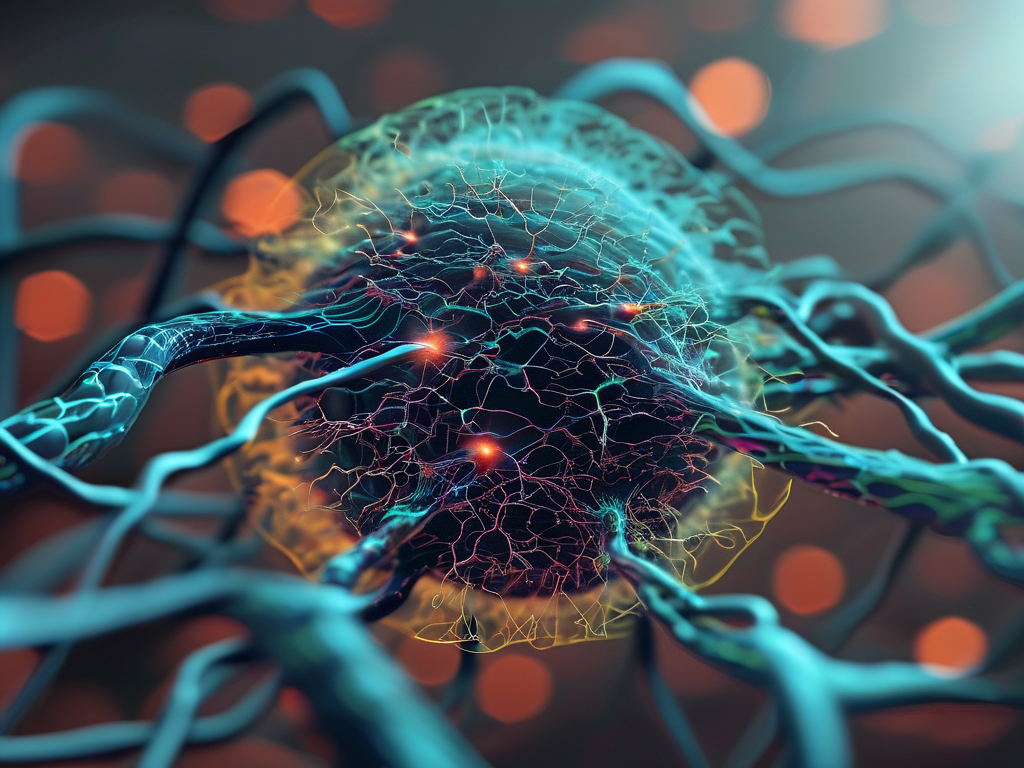Machine learning (ML) has become an indispensable tool in scientific research, enabling researchers to analyze complex datasets, model intricate systems, and uncover hidden patterns. This article explores the most widely used machine learning algorithms in scientific disciplines, highlighting their principles, applications, and relevance to modern research challenges.
1. Linear and Logistic Regression
Linear regression is a foundational supervised learning algorithm used to model relationships between dependent and independent variables. In scientific research, it is often applied in fields like epidemiology to analyze risk factors or in environmental science to predict climate trends. Logistic regression, its classification counterpart, is widely used in biomedical research for binary outcomes, such as diagnosing diseases based on biomarker data. Both algorithms are valued for their interpretability, making them ideal for hypothesis testing.
2. Support Vector Machines (SVM)
SVMs are powerful for classification and regression tasks, particularly in high-dimensional spaces. They work by identifying optimal hyperplanes to separate data classes. In genomics, SVMs help classify gene expression profiles, while in physics, they assist in particle identification from collider data. Their ability to handle non-linear relationships via kernel functions (e.g., radial basis function) makes them versatile for complex datasets.
3. Random Forests
Random forests, an ensemble method combining multiple decision trees, excel in handling heterogeneous data with minimal preprocessing. Researchers in ecology use them to predict species distribution based on environmental variables, while materials scientists employ random forests to discover new compounds with desired properties. Their robustness to overfitting and ability to rank feature importance are particularly valuable in exploratory studies.

4. Neural Networks and Deep Learning
Deep learning algorithms, such as convolutional neural networks (CNNs) and recurrent neural networks (RNNs), have revolutionized fields like image analysis and time-series forecasting. Astronomers use CNNs to classify galaxies from telescope images, while climate scientists apply RNNs to model long-term weather patterns. Transfer learning—fine-tuning pre-trained models on smaller datasets—has further accelerated adoption in resource-constrained research settings.
5. Clustering Algorithms (e.g., k-means, DBSCAN)
Unsupervised clustering algorithms are pivotal for discovering inherent structures in unlabeled data. K-means is frequently used in social sciences to segment population data, whereas DBSCAN’s density-based approach aids in identifying outliers in astronomical observations. These methods are crucial for initial data exploration and hypothesis generation.
6. Principal Component Analysis (PCA)
PCA, a dimensionality reduction technique, simplifies high-dimensional data while preserving variance. In chemistry, PCA helps visualize spectral data, and in neuroscience, it reduces noise in brain imaging datasets. Its computational efficiency makes it a staple for preprocessing in multi-omics studies.

7. Gradient Boosting Algorithms (e.g., XGBoost, LightGBM)
These ensemble methods iteratively optimize decision trees to minimize prediction errors. XGBoost’s speed and accuracy have made it popular in competitions like Kaggle, but it also finds serious applications in drug discovery and genomics. Researchers appreciate its handling of missing data and scalability for large datasets.
8. Bayesian Methods
Bayesian networks and Markov chain Monte Carlo (MCMC) techniques are widely used for probabilistic modeling. In epidemiology, they estimate disease transmission dynamics, while in psychology, they model cognitive processes. Their ability to incorporate prior knowledge aligns well with hypothesis-driven research.
9. Reinforcement Learning (RL)
Though less common in traditional research, RL is gaining traction in optimization problems. Robotics researchers use RL to design adaptive control systems, and chemists apply it to optimize reaction conditions in synthetic pathways. Its trial-and-error framework mimics experimental iterative processes.
10. Explainable AI (XAI) Techniques
As ML models grow more complex, tools like SHAP (SHapley Additive exPlanations) and LIME (Local Interpretable Model-agnostic Explanations) are critical for interpreting results in peer-reviewed research. These methods bridge the gap between black-box models and scientific transparency.
Challenges and Future Directions
While ML accelerates scientific discovery, challenges persist. Data quality issues, computational resource limitations, and the "reproducibility crisis" in ML-driven studies require attention. Emerging trends include federated learning for privacy-sensitive medical research and physics-informed neural networks that integrate domain knowledge into model architectures.
Machine learning algorithms are transforming scientific inquiry across disciplines. By selecting the right algorithm—whether a simple linear model for interpretability or a deep learning architecture for pattern recognition—researchers can unlock new insights and drive innovation. As the field evolves, interdisciplinary collaboration between domain experts and ML practitioners will remain key to addressing global challenges.








